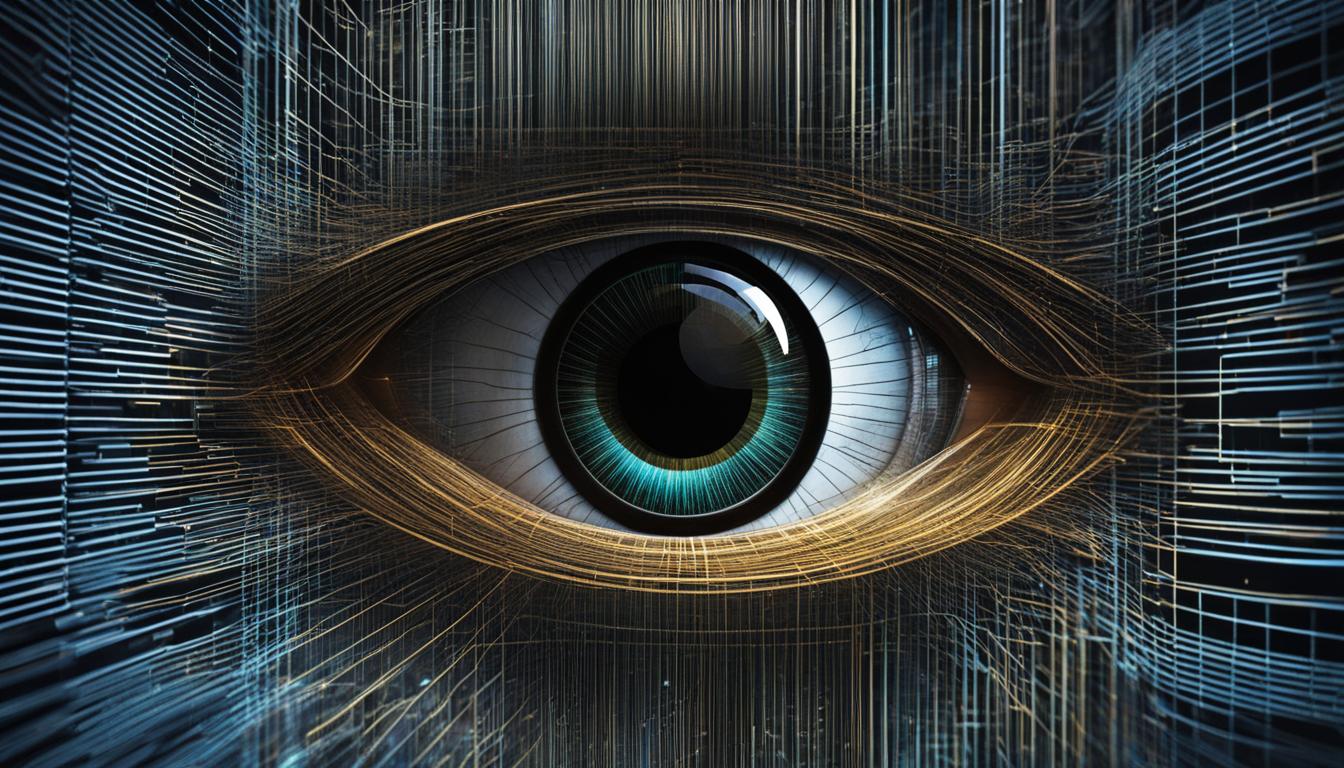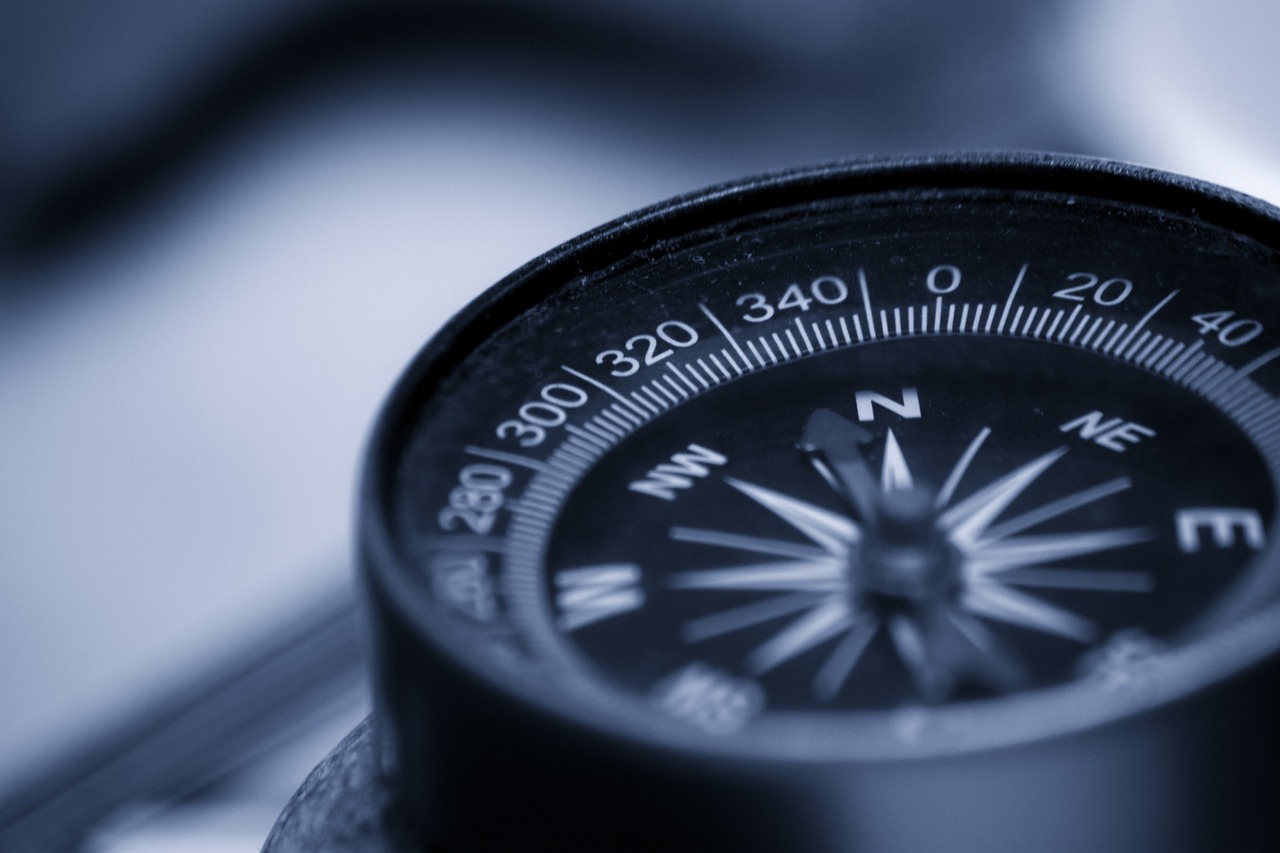Image recognition, a vital component of computer vision, utilizes artificial intelligence algorithms to accurately identify objects, places, people, writing, and actions in digital images. This cutting-edge technology relies on machine learning and deep learning models to analyze image pixels and classify objects. With the help of labeled image datasets and trained neural networks, image recognition has found applications in various fields such as facial recognition, medical diagnosis, and fraud detection.
Powered by advanced techniques like deep neural networks and convolutional neural networks (CNNs), image recognition works by breaking down images into pixels and processing each pixel individually. By training neural networks on labeled images, the networks learn to recognize patterns and features. The trained networks can then make accurate predictions on new, unlabeled images. This process of training can involve supervised, unsupervised, or self-supervised learning, depending on the availability of labeled data.
While image recognition focuses on identifying and classifying objects within images, object detection goes a step further by also determining the location of objects using bounding boxes. Both image recognition and object detection are integral parts of computer vision and rely on artificial intelligence algorithms and deep learning principles to achieve precise results.
Stay tuned for Section 2, where we delve into the inner workings of image recognition and explore how it operates in more detail.
How Does Image Recognition Work?
Image recognition is a complex process that utilizes deep neural networks to analyze and process every pixel of an image. The overall process can be broken down into three key steps: gathering a dataset, training a neural network, and making predictions on new images.
Firstly, a dataset of labeled images is collected, where each image is assigned a specific label. This dataset serves as the foundation for training the neural network. The labeled images provide the network with examples to learn from and help it identify patterns and features.
Next, the neural network is trained on the labeled dataset using techniques such as deep learning and convolutional neural networks (CNNs). The network learns to recognize patterns and features in the images through multiple layers of perceptrons, convolutional layers, and pooling layers.
Finally, the trained neural network is able to make accurate predictions on new, unlabeled images. This process can be achieved through various forms of machine learning, including supervised learning, unsupervised learning, or self-supervised learning. Supervised learning involves providing explicit labels to the network, unsupervised learning allows the network to determine similarities and differences between images, and self-supervised learning involves the network learning from pseudo-labels created from the data itself.
Benefits of Image Recognition
Image recognition offers numerous benefits and has a wide range of applications across industries. Some of the key advantages of image recognition include:
- Improved Efficiency: By automating the process of identifying and classifying objects within images, image recognition can significantly improve efficiency in various tasks.
- Enhanced Accuracy: With advanced deep neural networks, image recognition can achieve high levels of accuracy, outperforming traditional methods of object recognition.
- Real-World Applications: Image recognition has practical applications in various fields, including healthcare, security, e-commerce, and transportation.
- Future Potential: Image recognition is a rapidly advancing technology with the potential for future applications in driverless cars, smart glasses, augmented reality, and more.
| Supervised Learning | Unsupervised Learning | Self-supervised Learning |
|---|---|---|
| Involves providing explicit labels to the network | Network determines similarities and differences between images | Network learns from pseudo-labels created from the data itself |
| Requires a labeled dataset for training | No explicit labels are provided | Labels are created from the data |
| Used when the desired output is known | Used when the desired output is unknown | Used when limited labeled data is available |
Image Recognition vs. Object Detection
When it comes to computer vision and artificial intelligence, image recognition and object detection are two important concepts that play distinct roles. Image recognition focuses on identifying and categorizing objects, people, or other items within an image or video. It involves assigning classification labels to each frame of an image or video, making it a powerful tool for visual understanding. On the other hand, object detection takes it a step further by not only identifying and classifying objects but also determining their location within the image using bounding boxes.
Object detection is a more complex task as it requires localizing objects within the scene and accurately determining their size and orientation. This is where convolutional neural networks (CNNs) come into play. Techniques like Faster Region-based Convolutional Neural Network (R-CNN) and You Only Look Once (YOLO) have been developed to achieve precise object detection in real-time applications.
Both image recognition and object detection rely on the power of artificial intelligence algorithms and deep learning principles to achieve accurate results. These techniques have revolutionized fields such as visual search, medical diagnosis, quality control, fraud detection, and people identification. As technology continues to advance, image recognition and object detection will undoubtedly find applications in driverless cars, smart glasses, augmented reality, and beyond.
Source Links
- https://builtin.com/artificial-intelligence/image-recognition
- https://www.techtarget.com/searchenterpriseai/definition/image-recognition
- https://www.v7labs.com/blog/image-recognition-guide
- Regulatory and Compliance: Pioneering the Future of Saudi Arabia’s Dedicated Cargo Airline - December 21, 2024
- Financial Strategies: Fueling the Growth of Saudi Arabia’s Dedicated Cargo Airline - December 20, 2024
- Operational Excellence: Ensuring Competitive Edge for Saudi Arabia’s Dedicated Cargo Airline - December 19, 2024






